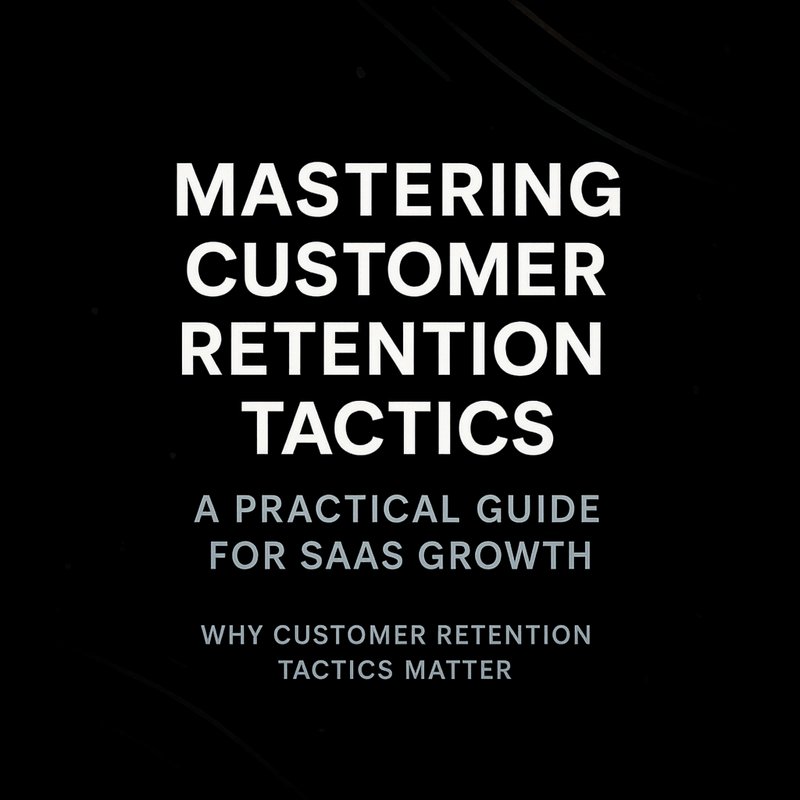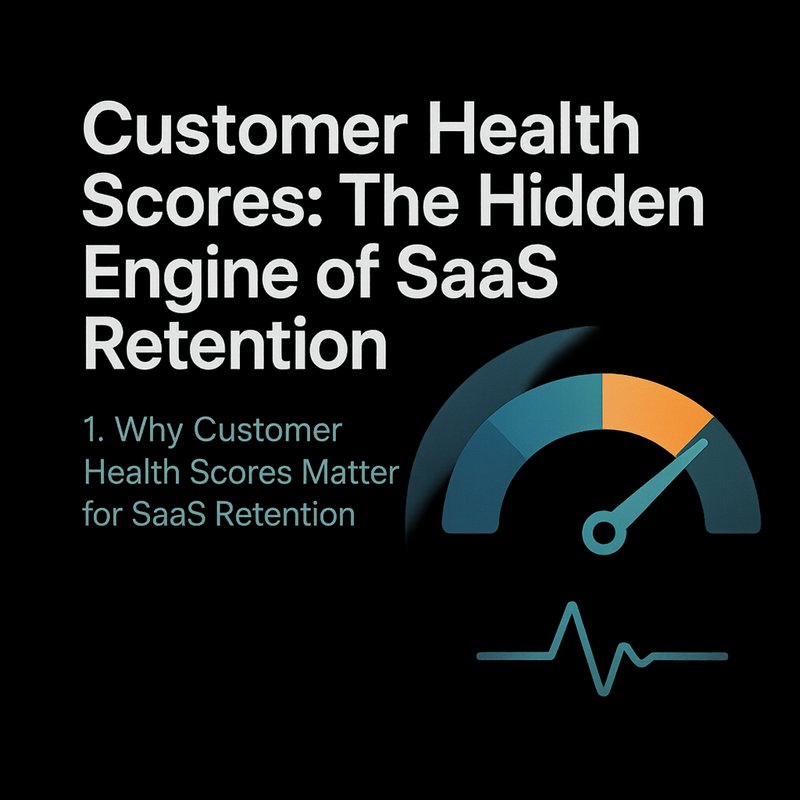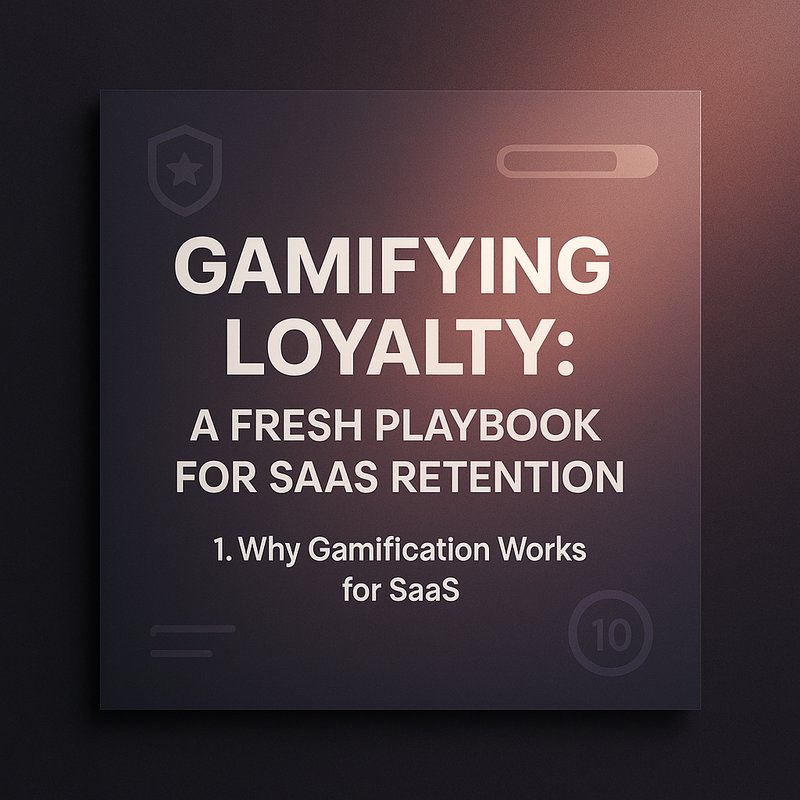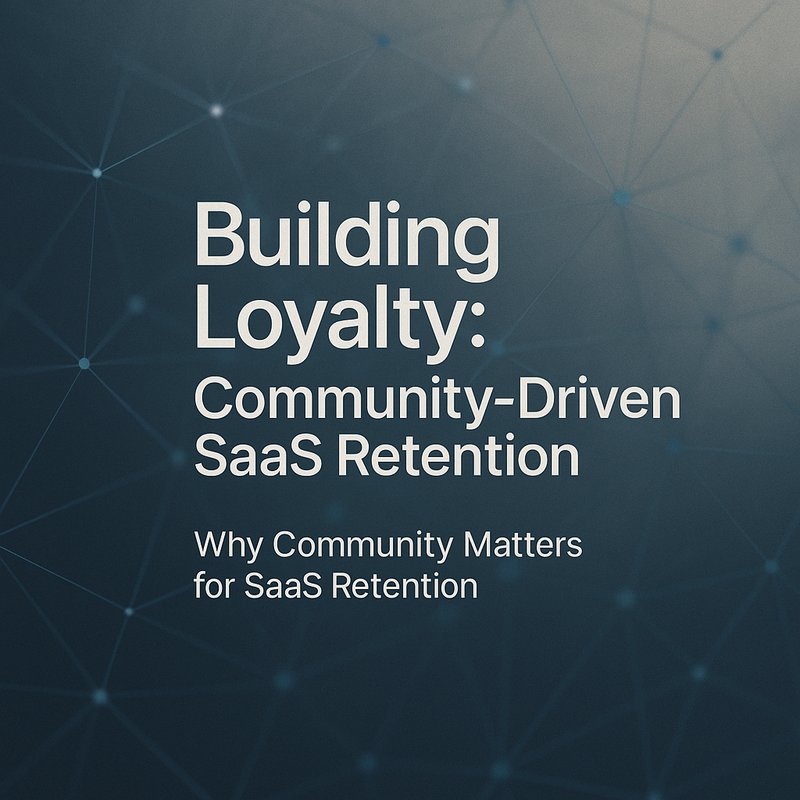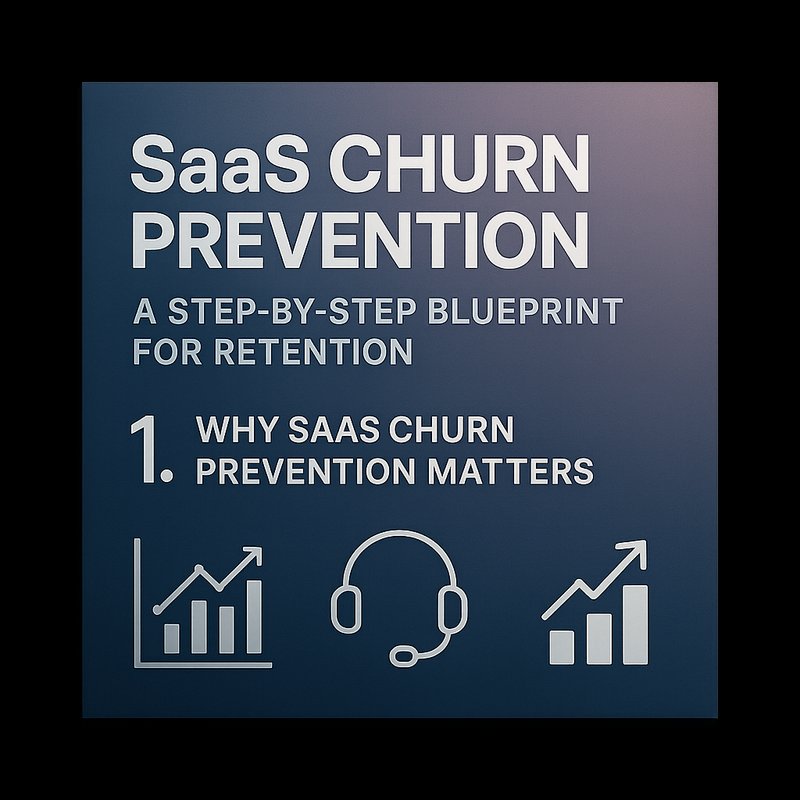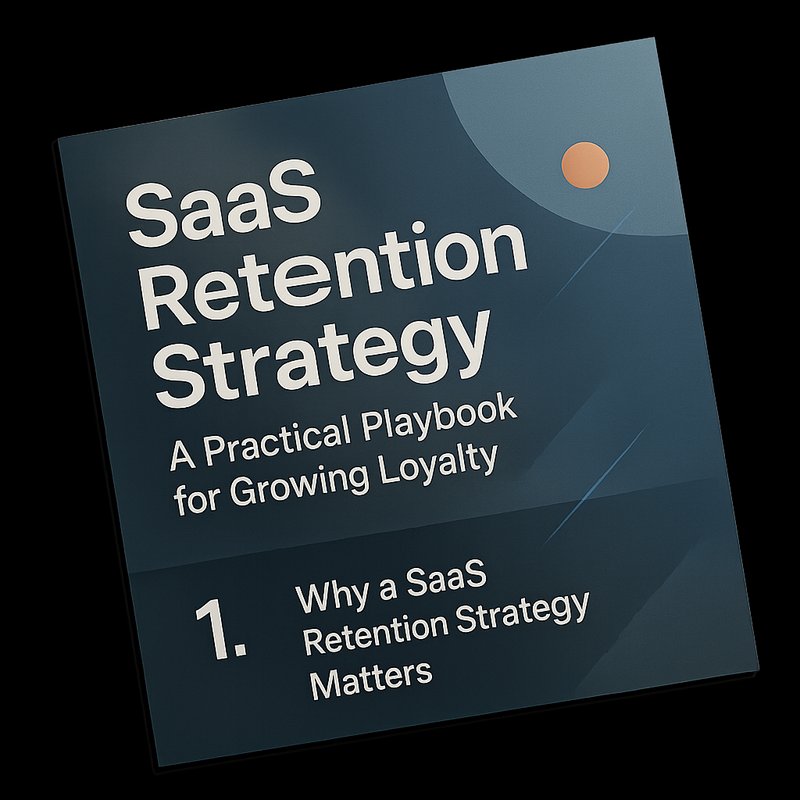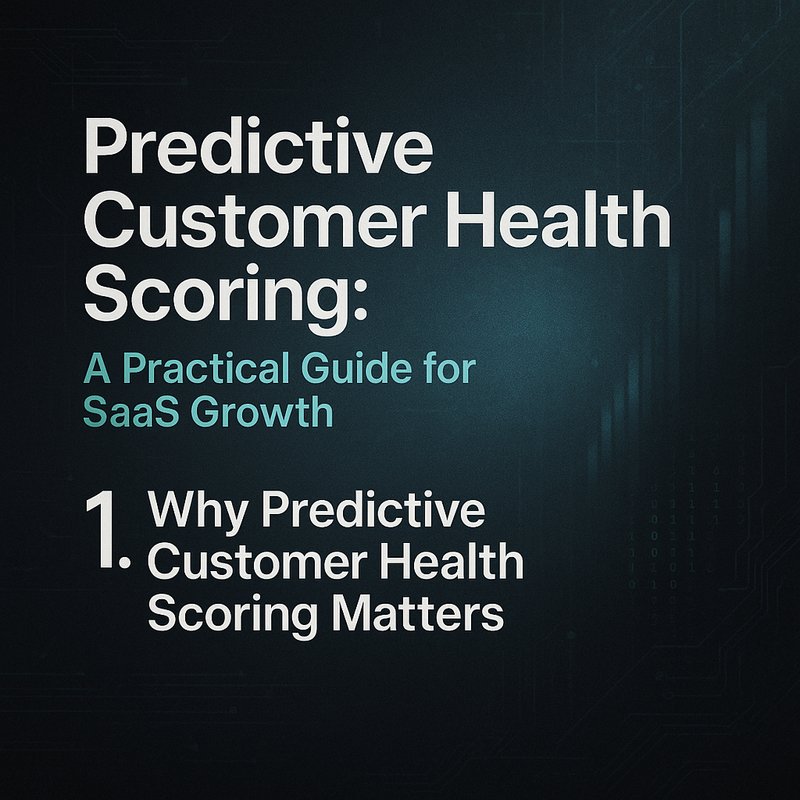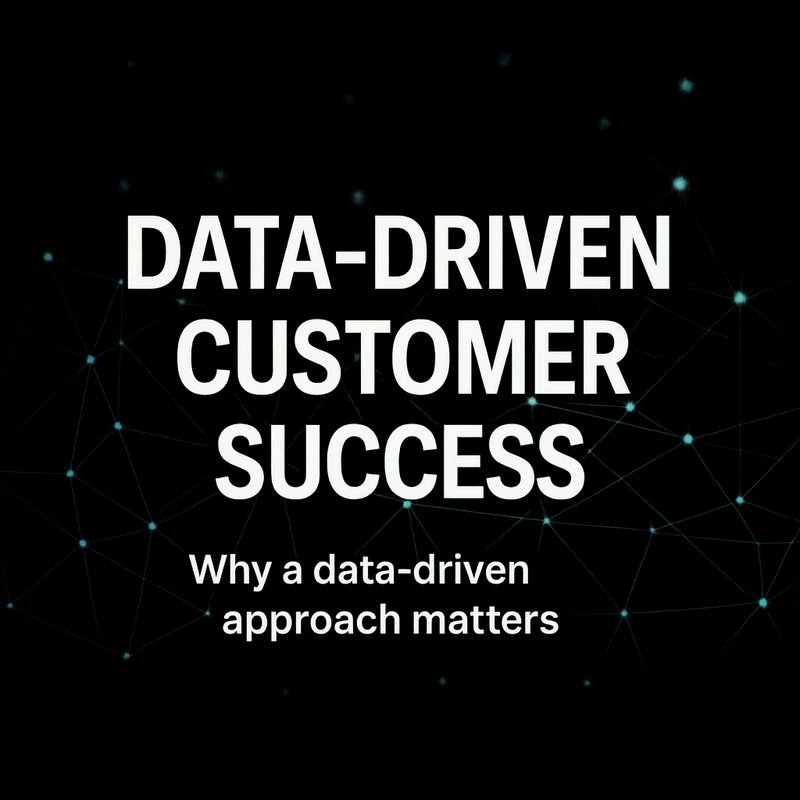Customer retention tactics are the secret sauce that turns a one‑time user into a long‑term advocate.
If you’re a SaaS founder, product manager, or growth marketer, you already know that acquiring a new customer costs 5‑10× more than keeping an existing one.
That’s why the focus keyphrase “customer retention tactics” sits at the heart of this guide.
In the first paragraph we’ll set the stage, then we’ll dive into proven methods, data‑driven experiments, and real‑world case studies that show how to keep users coming back.
Why Customer Retention Tactics Matter
Retention is the lifeblood of any subscription business.
When you master customer retention tactics, you:
- Boost lifetime value – A 5% lift in retention can raise LTV by 25% or more.
- Reduce churn – Even a 1% drop in churn saves thousands in renewal costs.
- Lower marketing spend – Happy customers refer new users, cutting CAC.
- Improve product insight – Retained users give richer feedback, guiding roadmap decisions.
The bottom line? Retention is cheaper, more predictable, and more profitable than acquisition.
1. Build a Retention‑First Mindset
1.1 Start with the Right Metrics
Before you can improve retention, you need to measure it accurately.
Key metrics include:
- Monthly churn rate – % of customers lost each month.
- Net retention – Revenue from existing customers, including upsells and downgrades.
- Customer health score – A composite of usage, support tickets, and NPS.
- Time to first value – How long it takes a new user to hit their first win.
Use tools like Google Analytics, Amplitude, or Mixpanel to pull these numbers.
If you’re new to analytics, check out the free resources on the Analytics Help Center.
1.2 Map the Customer Journey
Sketch the path from sign‑up to renewal.
Identify the critical touchpoints where users decide to stay or leave:
- Onboarding completion.
- First feature adoption.
- Support interaction.
- Renewal notice.
A clear journey map lets you spot friction points and design targeted retention tactics.
2. Personalize the Experience
2.1 Use Data to Tailor Onboarding
A one‑size‑fits‑all welcome email rarely works.
Segment new users by role, industry, or usage intent, then send a customized welcome flow:
- Product managers get a quick tour of dashboards.
- Developers receive API docs and code snippets.
- Marketers see how to set up campaign analytics.
Personalization boosts engagement by showing users that the product was built for them.
2.2 Dynamic Feature Unlocks
Instead of a hard‑coded tier system, consider a “feature‑first” approach:
- Offer a core set of features for free.
- Unlock advanced capabilities as usage grows.
- Send a gentle nudge when a user is close to a feature limit.
This keeps users curious and reduces the feeling of being locked out.
3. Create a Culture of Continuous Value
3.1 Deliver Regular Product Updates
Customers love to see progress.
Use a public roadmap or a simple “What’s New” email to highlight:
- New integrations.
- Bug fixes.
- UI improvements.
When users see that the product is evolving, they’re more likely to stay.
3.2 Leverage In‑Product Nudges
Contextual prompts are powerful retention tactics.
Examples include:
- A tooltip that appears when a user hovers over an under‑used feature.
- A modal that suggests a new workflow after a user completes a task.
- A banner that offers a discount on renewal if the user hasn’t upgraded.
Keep nudges subtle and relevant; too many can feel spammy.
4. Build a Feedback Loop
4.1 NPS and CSAT Surveys
Ask for feedback at the right moments:

- After a support ticket is closed.
- At the end of a quarterly usage review.
- When a user reaches a milestone.
Use the results to refine retention tactics and address pain points.
4.2 Session Recordings and Heatmaps
Tools like Hotjar or FullStory let you see where users drop off.
Identify friction points and test fixes with A/B experiments.
5. Offer Incentives Wisely
5.1 Loyalty Programs
Reward long‑term customers with:
- Tiered discounts for multi‑year commitments.
- Early access to beta features.
- Exclusive webinars or training sessions.
Incentives create a sense of belonging and reduce churn.
5.2 Referral Bonuses
Happy customers can become your best marketers.
Offer a small credit or feature unlock for each successful referral.
Keep the process simple: a single click to share a referral link.
6. Automate Retention Workflows
6.1 Triggered Email Sequences
Set up automated flows that fire when a user hits a retention‑critical event:
- Onboarding completion – Send a “Next Steps” guide.
- Feature adoption – Offer a tutorial video.
- Renewal notice – Provide a renewal discount or a usage summary.
Automation ensures consistency and frees up your team.
6.2 In‑Product Reminders
Use your product’s notification system to remind users of upcoming deadlines, feature releases, or usage limits.
Keep the tone friendly and helpful.
7. Measure and Iterate
7.1 Key Retention Metrics
Track the health of your retention tactics with:
- Churn rate – Monthly or yearly.
- Net revenue retention – Includes upsells and downgrades.
- Customer lifetime value – Forecasted revenue per user.
- Engagement score – Frequency of logins, feature usage.
Create dashboards in Google Data Studio or Metabase to visualize trends.
7.2 A/B Testing
Test different retention tactics:
- Variant A – A personalized onboarding flow.
- Variant B – A generic onboarding flow.
Run each for 2 weeks, compare churn and engagement, and roll out the winner.
7.3 Quarterly Reviews
Hold a quarterly review with product, marketing, and support teams.
Discuss what retention tactics worked, what didn’t, and plan next experiments.
8. Real‑World Example
A SaaS company that sells project‑management software implemented a retention‑first strategy.
They introduced a “Feature‑First” model, sending a gentle nudge when users approached a task limit.
Within three months, churn dropped from 8% to 5%, and net revenue retention climbed to 115%.
The key was a data‑driven approach that matched user behavior with timely offers.
9. Quick Implementation Checklist
- [ ] Define core retention metrics and set up dashboards.
- [ ] Segment new users and create personalized onboarding flows.
- [ ] Map the customer journey and identify friction points.
- [ ] Deploy in‑product nudges and automated email sequences.
- [ ] Launch a loyalty program and referral incentive.
- [ ] Run A/B tests on key retention tactics.
- [ ] Review results quarterly and iterate.
Follow this checklist and you’ll see a measurable lift in retention within a few months.
10. Final Thoughts
Customer retention tactics are not a one‑time project; they’re an ongoing practice.
By measuring the right metrics, personalizing the experience, delivering continuous value, and automating key touchpoints, you can turn casual users into loyal advocates.
Start small, test aggressively, and keep the focus on the user’s journey.
Your revenue will thank you.
